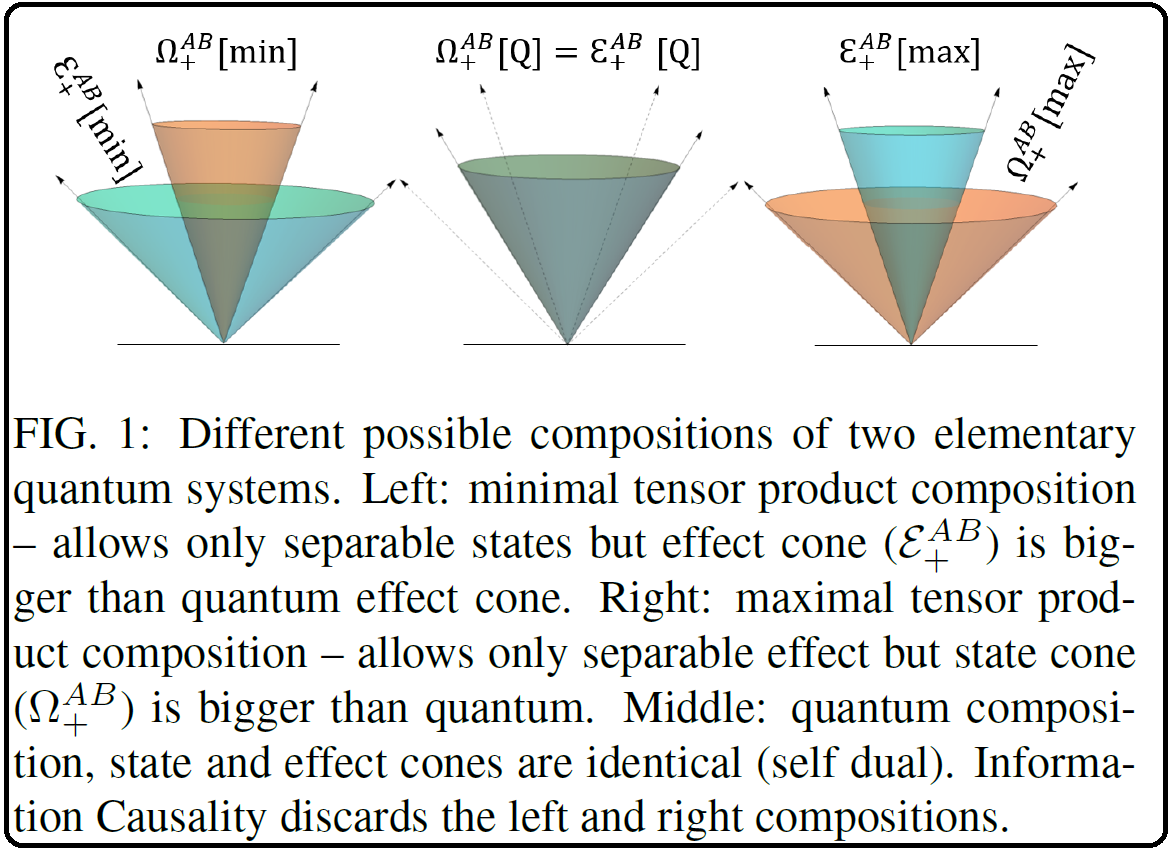Scientists have found the theoretical rationale of the mathematical structure of composite quantum systems consisting of more than one subsystem.
Quantum Mechanics, the theory that describes physical phenomena in microscopic world, was developed in the early 20th century to explain experimental observations like Black-body radiation curve, Photoelectric effect when German physicist Max Planck demonstrated through physical experiments that energy, in certain situations, can exhibit characteristics of physical matter. Later scientists like Albert Einstein, Niels Bohr, Louis de Broglie, Erwin Schrodinger, and Paul M. Dirac advanced Plank’s theory to quantum mechanics–the most accurate mathematical theory of the microscopic world. Unlike other physical theories that are built upon physically motivated postulates, Quantum Mechanics starts with abstract mathematical axioms. For instance, the second postulate of Special Theory of Relativity says that no information can travel faster than like, whereas Quantum Mechanics starts with the axiom that state of a physical system is described by a vector in complex separable Hilbert space.
Yearning for a better physical understanding, scientists are still pursuing their endeavor to re-derive the mathematical structure of quantum theory, starting with physically motivated postulates. During the last quarter of the past century, the advent of quantum information theory appends a new attitude towards this ‘reconstruction program’.
Recently, researchers from S. N. Bose National Centre for Basics Sciences, Kolkata, an autonomous institute of Department of Science and Technology, established an intriguing result in this endeavor. Dr. Manik Banik and his group took the help of a novel information principle, called the principle of Information Causality, to see what kind of descriptions are naturally disallowed for composite quantum systems (that include several quantum objects).
A recent research article published in Physical Review Letters proved that Information Causality plays a crucial role in selecting the quantum composition rule among different mathematical possibilities. In fact, Information Causality can discard a composition rule that is close to our classical worldview in the sense that the resulting theory will allow only classical-like correlations (Bell local correlations). This makes Information Causality champion over the other principles in deriving the mathematical structure of quantum mechanics. The work by Dr. Banik and his group from SNBNCBS thus brings novel physical justification towards the mathematical structure of Quantum Theory.

Paper Link
- R. K. Patra et al. Principle of Information Causality Rationalizes Quantum Composition, Phys. Rev. Lett. 130, 110202 (2023) [https://doi.org/10.1103/PhysRevLett.130.110202]
Other References:
- M. Pawłowski et al. Information causality as a physical principle, Nature 461, 1101 (2009) [https://doi.org/10.1038/nature08400]
- I. Namioka& R. R. Phelps; Tensor products of compact convex sets, Pac. J. Math. 31, 469 (1969) [https://msp.org/pjm/1969/31-2/p21.xhtml]
- John S. Bell, On the Problem of Hidden Variables in Quantum, Rev. Mod. Phys. 38, 447 (1966) [https://doi.org/10.1103/RevModPhys.38.447]






























